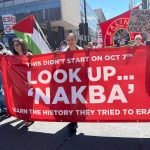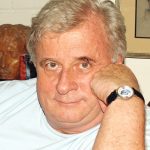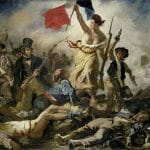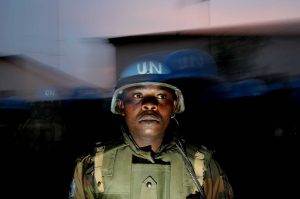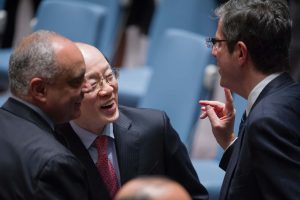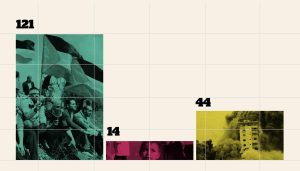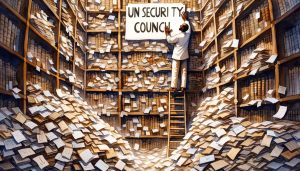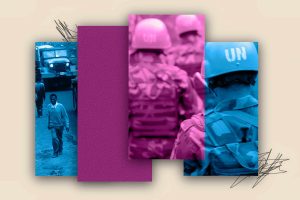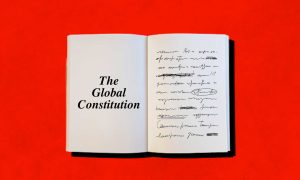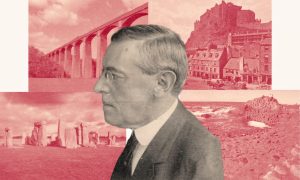A proposed UN Corps of Peacekeeping Engineers could shift the focus from mere conflict containment to active infrastructural revival in war-torn states.
Civilisation cannot be achieved without modern infrastructure. In one way or another, there will always be infrastructural failures impacting the development of nations. Can one nation have too much infrastructure? How do nations overbuild themselves to points of sprawling ostentation? The image of the United Nations peacekeeper is routinely overshadowed with powerlessness and melancholic despair.
Their purpose is to keep the peace under shaky truces prolonging geopolitical stalemates as things in society go from bad to worse in failed state realities. UN peacekeepers are not builders. They are placeholders with little to no power to influence the restoration of peace. Is it possible to “civilianised” military power for peaceful purposes in conflict zones steeped in crises?
Revival of world federalism depends on ideas that make supranational cooperation possible. Once this is achieved, strides toward actual union become increasingly possible.
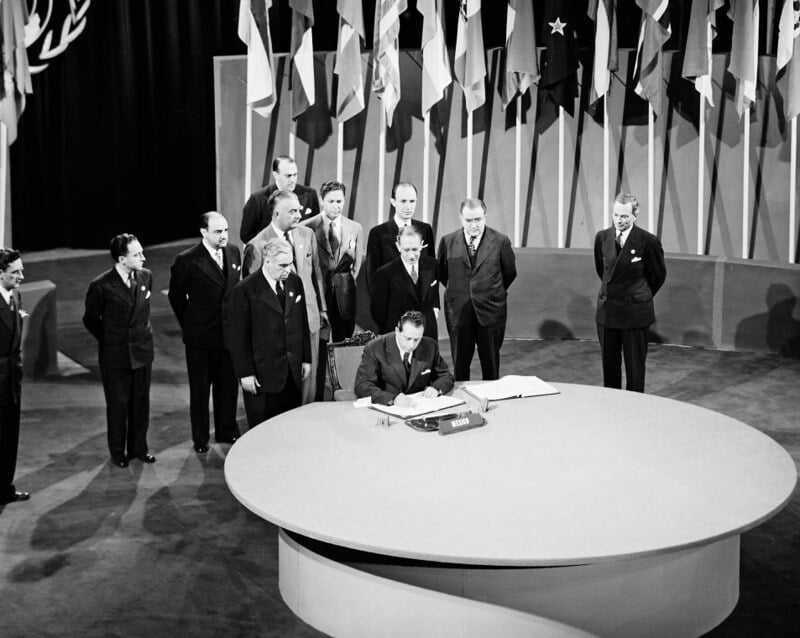
Since the ratification of the United Nations Charter on June 26th, 1945, how many world federalists were daring enough to imagine a United Nations Corps of Peacekeeping Engineers? Is it possible for such a supranational body to be equally answerable to the General Assembly and the Security Council simultaneously in lieu of the current organisational structure of the United Nations?
The Security Council has done everything but prevent war in the interest of world peace. It has continued the work of divide and rule, inspired by former European colonial powers by supporting authoritarian regimes to advance their competing national interests.
A Security Council would make sense if each member state was bound by international law to a commitment of peace regardless of national interest wherever and whenever there is war. Realpolitik is governed by the dog-eat-dog psychology of the enemy of my enemy is my friend resulting in obscure geopolitical entanglements, where peace is sold as an empty commodity to the highest bidder so long as authoritarian leaders organise their totalitarian governments to fall in line.
No peacekeeping mission is complete without an unconditional commitment to a failed state’s civilian infrastructure reconstruction and development. Inspiration for a possible UN Corps of Peacekeeping Engineers is derived from the United States Army Corps of Engineers.
In forward operating areas, army engineers perform vital services such as detecting environmental hazards and demining operations to protect advancing forces while building fortifications to protect vital field assets such as communication and medical centres.
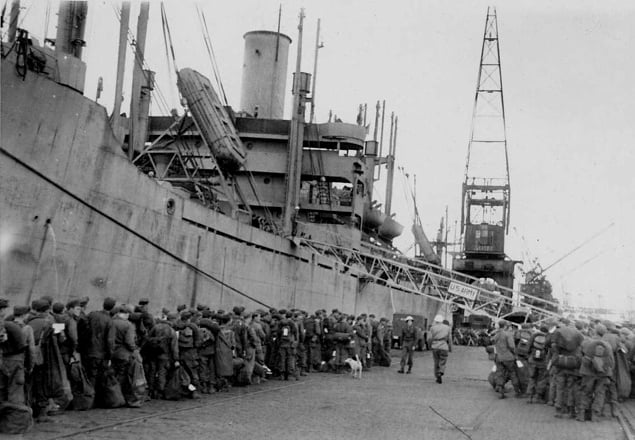
During World War II, the United States 1269th Engineer Combat Battalion, in conjunction with the 101st Airborne Division, successfully recovered looted art treasures found in Hermann Goring’s home in Germany on May 5th, 1945; everything from rare paintings to fine carpets were recovered and returned. The corps was routinely tasked with finding stowaways hiding vital war resources and Nazi war criminals themselves in newly captured territory.
Their findings testified to the murderous greed of the Nazis in their insane efforts to rewrite European history. What could a UN Peacekeeping Engineer Corps achieve in failed states, active war zones, and no man’s lands when applied in similar capacities? Such a proposition cannot be entertained without raising a series of successive questions related to the “infrastructural comeback” of failed states:
- Could conventional peacekeepers provide the security necessary for a team of peacekeeping engineers to repair and rebuild bombed out bridges separating cities, communities and their families?
- Could peacekeeping engineers be tasked with building water wells and desalination centres in rural areas steeped in drought?
- Could peacekeeping engineers rebuild, renovate and expand over capacitated power plants to minimise brownouts to improve quality of life where there is critical infrastructure underdevelopment?
In the United States, the army corps of engineers has as many civilian roles as it does military, with one of its central missions dedicated to maintaining the socioeconomic wellbeing of the nation. According to the United States Bureau of Reclamation, 1200 dams, 153 hydroelectric power plants, and 25000 miles of navigable waterways throughout the continental United States, is managed and maintained by the US Army Corps of Engineers as of 2022.
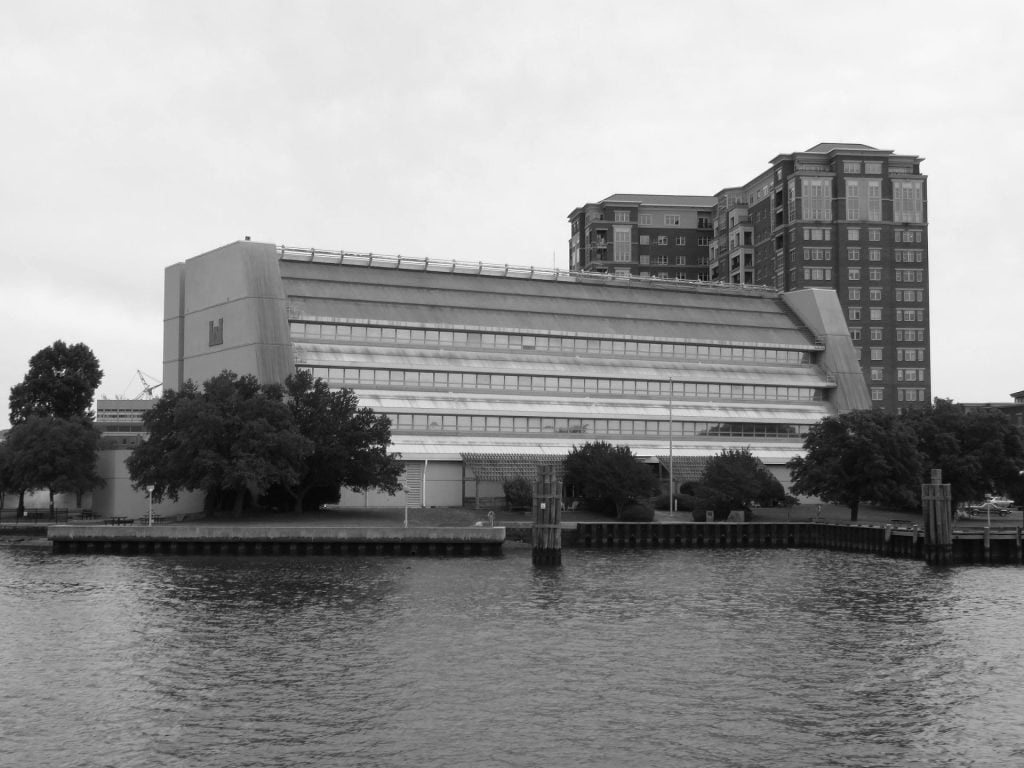
This is suggestive of “nation building psychology,” but the big picture question is: how can the same psychology be applied and reimagined as a pillar of world peace to build a better, more responsive United Nations to deny causes for war in a final bid to end geopolitical crises at their source? How can the Security Council successfully make that transition by becoming a true supranational peacekeeping organisation via the UN Peacekeeping Engineer Corps, unhindered by rivalrous foreign policy interests?





